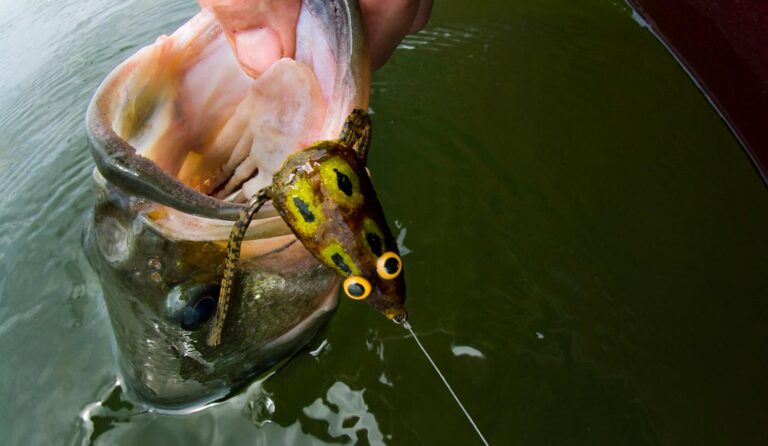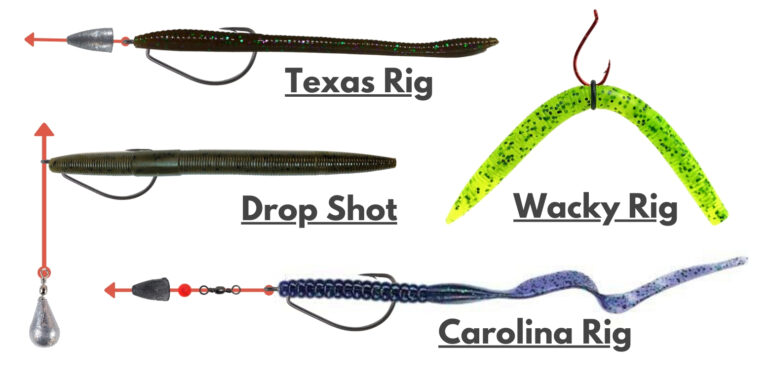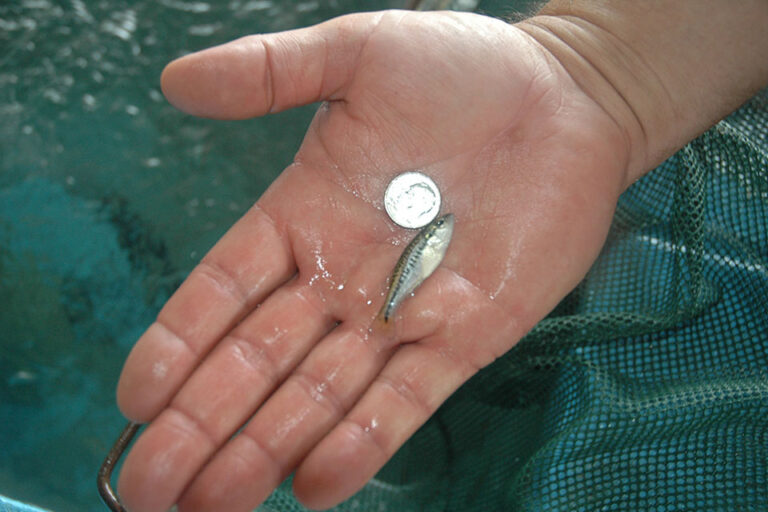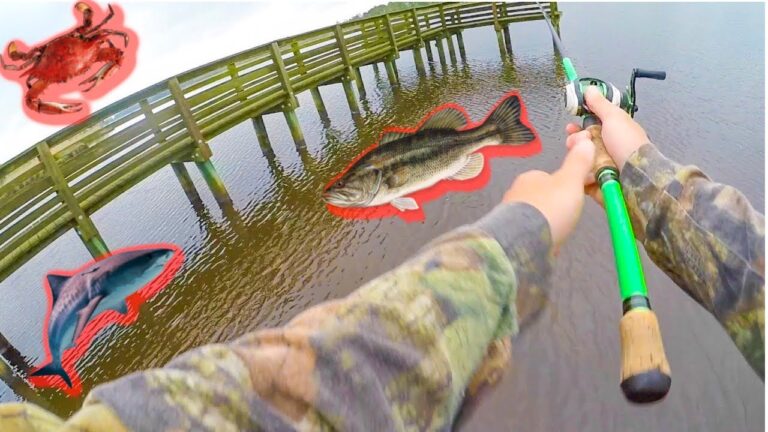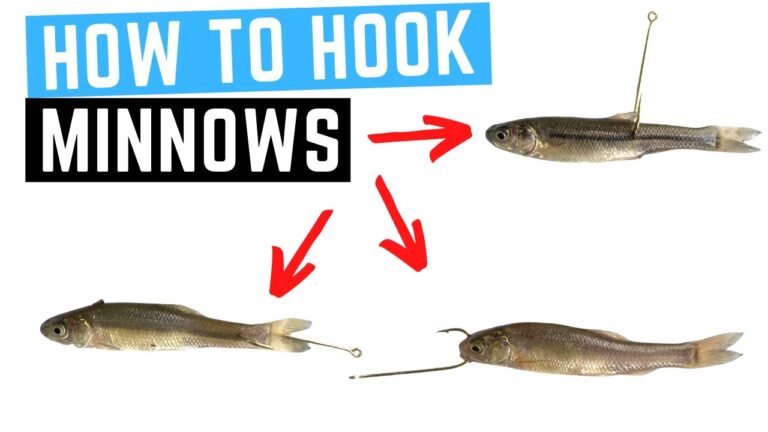How to Clean Largemouth Bass
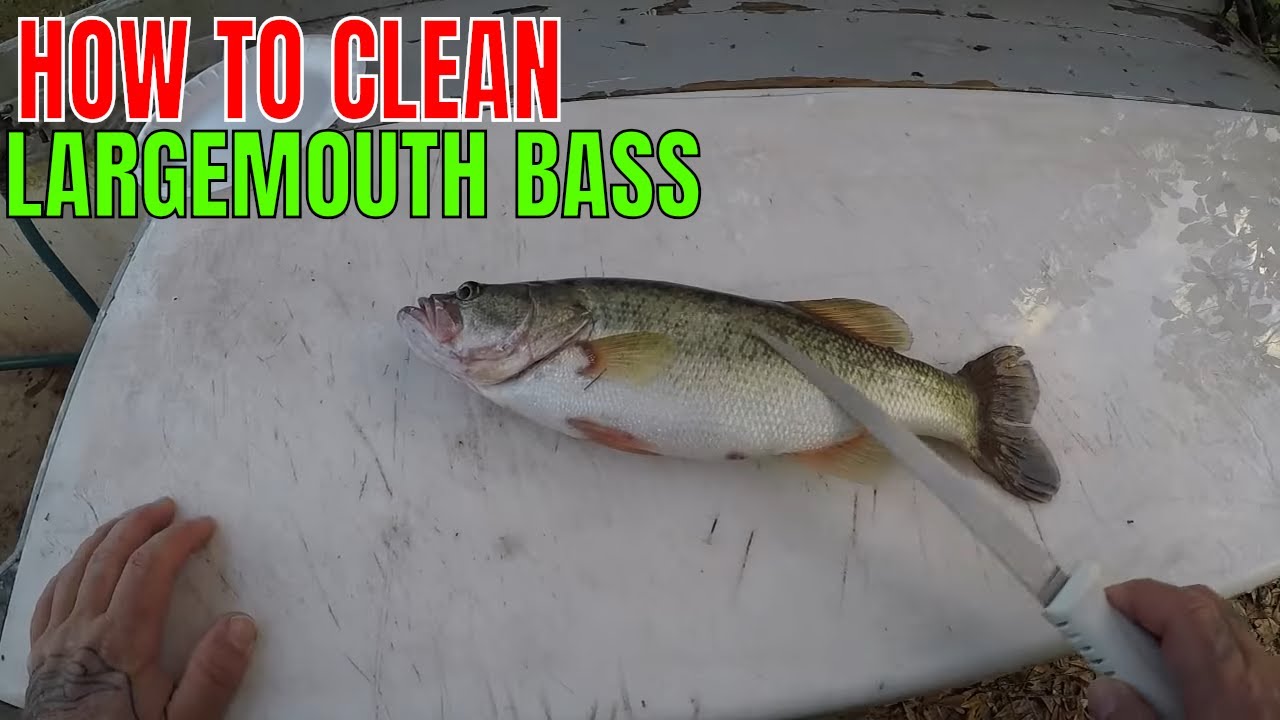
To clean a largemouth bass, first, scale the fish and then remove the entrails and gills. Rinse the cavity and exterior with cold water to eliminate any remaining debris.
Cleaning a largemouth bass can seem like a daunting task for those unfamiliar with the process, but with the right technique, it becomes a straightforward chore. Anglers know the joy of catching this popular game fish, and the satisfaction of preparing it successfully for a tasty meal is just as rewarding.
Whether you’re a seasoned fisherman or a kitchen enthusiast looking to cook up your catch, knowing how to clean your largemouth bass properly is essential to ensure the best flavor. This quick guide will lead you through the necessary steps to prepare your bass, making sure it’s ready for the grill, pan, or oven in no time. Remember, a clean and well-prepared fish is the secret to a delicious feast.
Getting Ready For The Task
Before cleaning a largemouth bass, ensure you have the right tools and gear. A sharp fillet knife is crucial for clean cuts. Long-nose pliers help with hook removal.
Also, grab a cutting board and keep a container of water nearby to rinse your hands. Wearing gloves can protect your hands. Create a safe and clean working area. Outdoor settings by a sink or at a cleaning station work best.
| Tool | Use |
|---|---|
| Fillet Knife | Makes precise cuts |
| Long-Nose Pliers | Removes hooks |
| Cutting Board | Keeps area clean |
| Gloves | Protects hands |
Credit: getoffthegrid2.blogspot.com
Understanding Largemouth Bass Anatomy
Cleaning a largemouth bass requires knowledge of its anatomy. Important parts like the dorsal fin, pectoral fins, and ventral area are key. Unlike some fish, largemouth bass have a pronounced jawline with a large mouth that extends past the eye. The gill cover, also called the operculum, protects its breathing apparatus. These species boast a distinct lateral line which helps them sense vibrations in the water.
Largemouth bass differ from other fish with their deep body shape and olive-green coloring. Recognizing these differences aids in proper handling and cleaning. By identifying these key parts, anglers ensure a successful and respectful catch-and-clean process.
Initial Preparation Steps
Handling largemouth bass needs care to keep them and you safe. First, wet your hands before touching the fish. This protects their slime coat. Grip the bass by its lower jaw. Do this gently but firmly. Avoid squeezing their body or gills.
Desensitize the largemouth bass using quick and confident actions. Cover the bass’s eyes calmly. This reduces stress. Keep the fish horizontal if possible. A disoriented fish is safer for handling.
The Cleaning Process
Cleaning largemouth bass starts with proper scaling. Take a scaling tool or butter knife. Run the tool against the fish’s scales. Go from tail to head with firm pressure. Do this under running water. The water washes away loose scales. This keeps your workspace clean.
Making the initial cuts requires a sharp fillet knife. First, cut behind the gills and pectoral fin. Then slice downward till you hit the backbone. Next, turn the blade parallel to the table. Carefully slice along the backbone towards the tail. This separates the fillet from the body. Don’t cut through the tail completely. Leave the fillet attached here. Repeat on the other side. Finally, remove the skin and ribs from the fillet.
Gutting And Filleting
Cleaning a largemouth bass requires careful steps to ensure quality meat. Begin by making a cut along the belly. Extend this cut from the anus to the lower jaw. Next, pull out the innards gently to avoid rupturing the organs. This step is crucial for avoiding a mess and preventing contamination.
Once the cavity is clear, move on to the separation process. Start at the tail, slicing along the backbone towards the head. Use a sharp fillet knife to separate the meat from the bone. Keep the blade flat and angled towards the bones for best results. This method helps yield two clean fillets without losing valuable meat. Make sure the slices are smooth and steady.

Credit: www.youtube.com
Cleaning Up
Cleaning largemouth bass is straightforward with the right steps. After you clean your catch, properly disposing of waste is crucial. Bury fish scraps or put them in the trash. Always check local regulations for disposal.
Next, wash and store your tools. Use hot, soapy water to clean knives and cutting boards. Rinse them well. Dry your tools completely before storing. This stops rust and keeps them ready for next time.
| Tool | Cleaning Method | Storage Tip |
|---|---|---|
| Fishing Knife | Scrub with soapy water. Rinse well. | Store in a dry place. |
| Cutting Board | Wash with bleach solution. Rinse well. | Keep dry, store upright. |
| Pliers | Wipe with a cloth. Oil the hinge. | Hang on a tool rack. |
Remember, take care of your gear, and it will take care of you on your next fishing adventure.
Preparing Bass For Cooking
Seasoning and Marinating Tips offer a burst of flavor to largemouth bass. Essential to creating a memorable dish is the use of fresh herbs and citrus. A simple blend of garlic, salt, pepper, and lemon juice can enhance the taste substantially. Let the bass sit with these ingredients for at least 30 minutes before cooking.
Regarding Cooking Methods and Recipes, versatility is key. A well-prepared bass is delicious whether grilled, baked, pan-fried, or broiled. Grilling brings out a smoky flavor, especially when cooked over charcoal. Baking is a healthier option that locks in the moisture. For a crispy exterior, pan-frying in light oil works well. Broiling makes for a quick and evenly-cooked fillet.
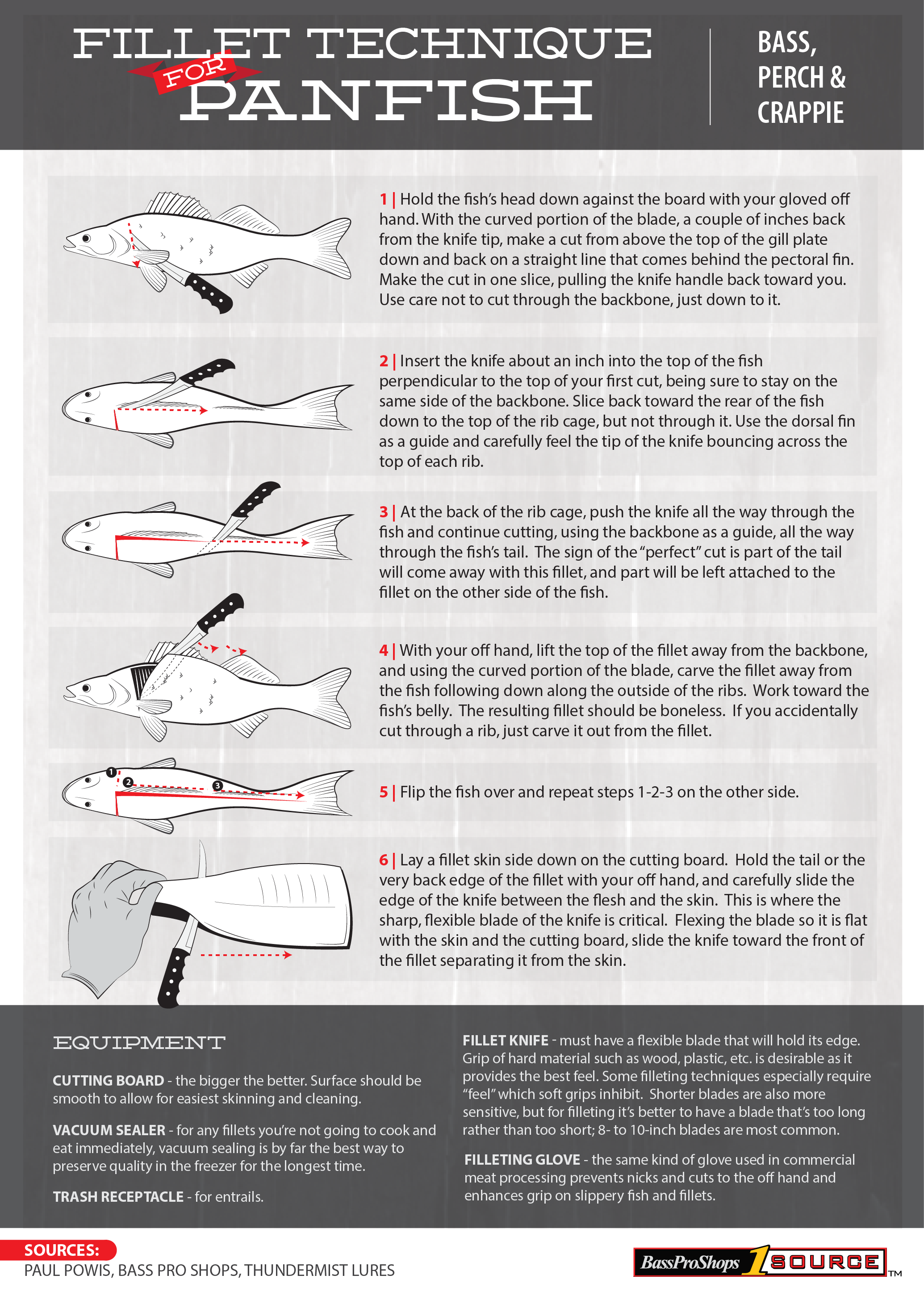
Credit: 1source.basspro.com
Frequently Asked Questions For How To Clean Largemouth Bass
What Is The Best Way To Clean A Largemouth Bass?
To clean a largemouth bass, first, descale it with a fish scaler or the back of a knife. Next, make an incision from the vent to the jaw and remove the guts. Rinse the cavity and skin thoroughly with cold water.
Pat the fish dry before cooking.
Are Largemouth Bass Good Eating?
Largemouth bass are considered good to eat, with a mild, white flesh. Many anglers enjoy their flavor, and they can be prepared in various ways. Always check local consumption advisories for safety.
Is Bass Easy To Clean?
Yes, bass is relatively easy to clean. Simply scale, gut, rinse thoroughly, and it’s ready to cook. With basic tools, the process is straightforward and quick.
How Do You Prepare Bass After Catching?
Begin by carefully removing the hook from the bass’s mouth. Next, use a sharp knife to clean and gut the fish. Rinse the interior and exterior with cold water. Pat the fish dry, and it’s ready to be cooked or stored properly.
Conclusion
Mastering the skill of cleaning largemouth bass enhances your culinary experience and respects your catch. Remember these steps for efficient, safe preparation. With practice, the process becomes second nature, providing you with fresh, delicious fish ready for any recipe. Tight lines and happy cooking!
